
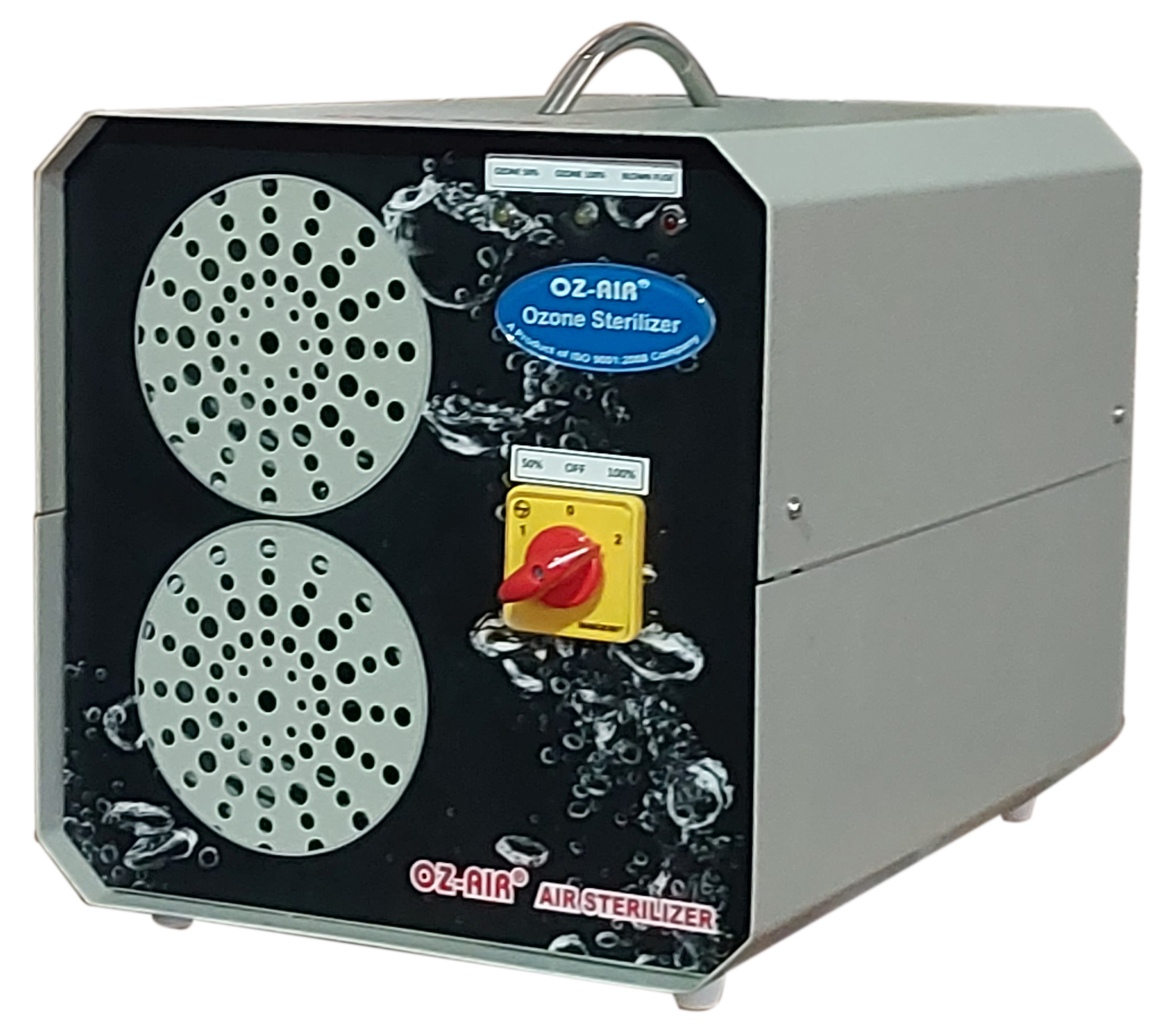
Ozone air sterilization systems are designed to clean and sanitize indoor air by generating ozone gas, which is a powerful oxidizing agent. Ozone has the ability to destroy bacteria, viruses, mold, mildew, and other organic contaminants by breaking down their cell walls or molecular structures. These systems are commonly used in various settings such as homes, offices, hospitals, and food processing facilities to improve indoor air quality and reduce the risk of airborne infections.
However, it's essential to use ozone air sterilization systems with caution. While ozone effectively eliminates contaminants, high concentrations of ozone can be harmful to humans and animals. Prolonged exposure to ozone can irritate the respiratory system, cause chest pain, coughing, shortness of breath, and throat irritation. Therefore, it's crucial to follow manufacturer guidelines and safety precautions when using ozone air sterilization systems, including ensuring proper ventilation and limiting human exposure during operation.
Some ozone air sterilization systems are equipped with sensors and controls to monitor ozone levels and adjust the output accordingly to maintain safe indoor air quality levels. Additionally, these systems may incorporate other air purification technologies such as filters and UV-C light to enhance their effectiveness in eliminating airborne pathogens and allergens.
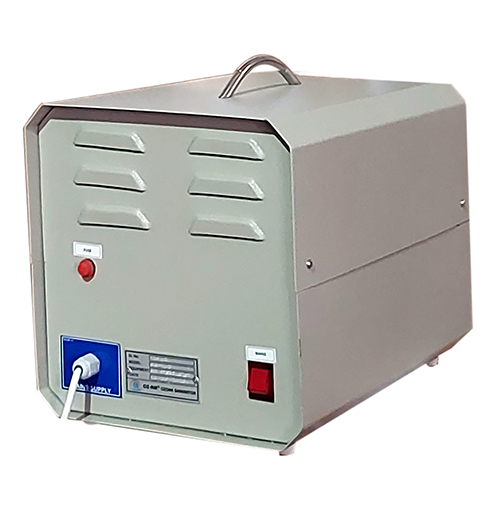
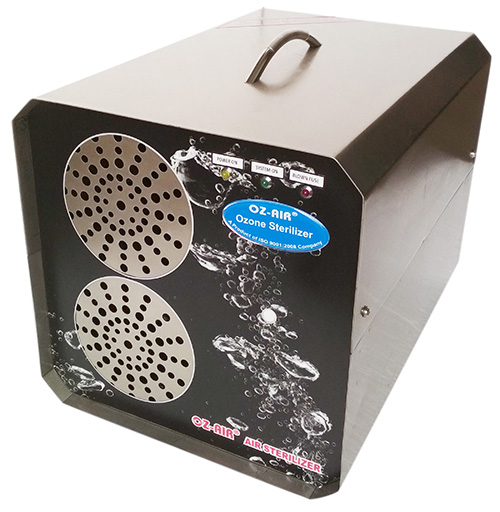
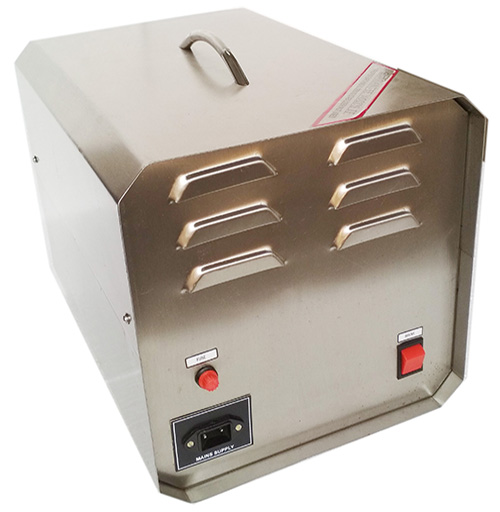
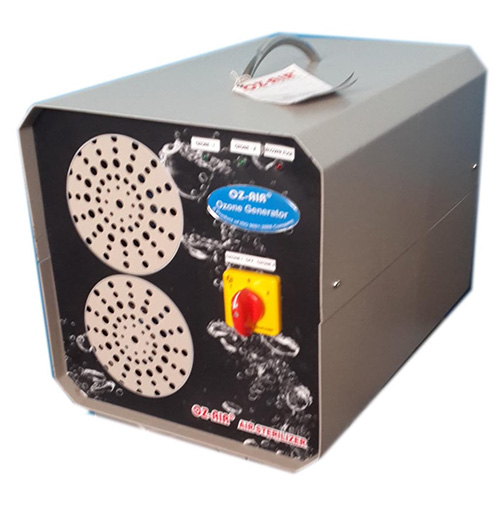
Before investing in an ozone air sterilization system, it's essential to research and understand its capabilities, limitations, and potential health risks. Consulting with experts or professionals in indoor air quality can help in selecting the right system for specific needs while ensuring the safety of occupants.
Ozone air sterilization systems generate ozone gas, typically through corona discharge or ultraviolet light. The ozone is then released into the air where it reacts with contaminants, breaking down their molecular structures and rendering them harmless.
Ozone air sterilization systems can effectively eliminate airborne pathogens, allergens, and odors, improving indoor air quality. They are often used in settings where cleanliness and sanitation are crucial, such as hospitals, food processing facilities, and laboratories.
While ozone is an effective disinfectant, high concentrations of ozone can be harmful to humans and animals. It's essential to use ozone air sterilization systems with caution and follow safety guidelines to prevent overexposure and potential health risks.
Safety precautions include ensuring proper ventilation, limiting human and animal exposure during operation, and following manufacturer guidelines for installation and maintenance. Some systems are equipped with sensors and controls to monitor ozone levels and adjust output accordingly.
While ozone air sterilization systems are effective against many airborne pathogens and allergens, they may not eliminate all contaminants. Some systems incorporate additional air purification technologies such as filters and UV-C light to enhance their effectiveness.
Ozone air sterilization systems can be used in residential settings, but it's essential for homeowners to understand the potential risks and benefits. Proper installation, operation, and maintenance are crucial to ensure safety and effectiveness.
The time required for ozone to sterilize the air depends on factors such as the size of the space, the concentration of ozone generated, and the level of contamination. In general, ozone air sterilization can take anywhere from a few minutes to several hours to achieve desired results.
Regulations and guidelines for ozone air sterilization systems vary by region and jurisdiction. It's essential to research local regulations and consult with experts or professionals in indoor air quality to ensure compliance and safety.
Yes, ozone air sterilization systems can be used in conjunction with other air purification methods such as HEPA filters, activated carbon filters, and UV-C light to achieve comprehensive air purification and sanitation. However, it's essential to ensure compatibility and proper integration of these technologies.